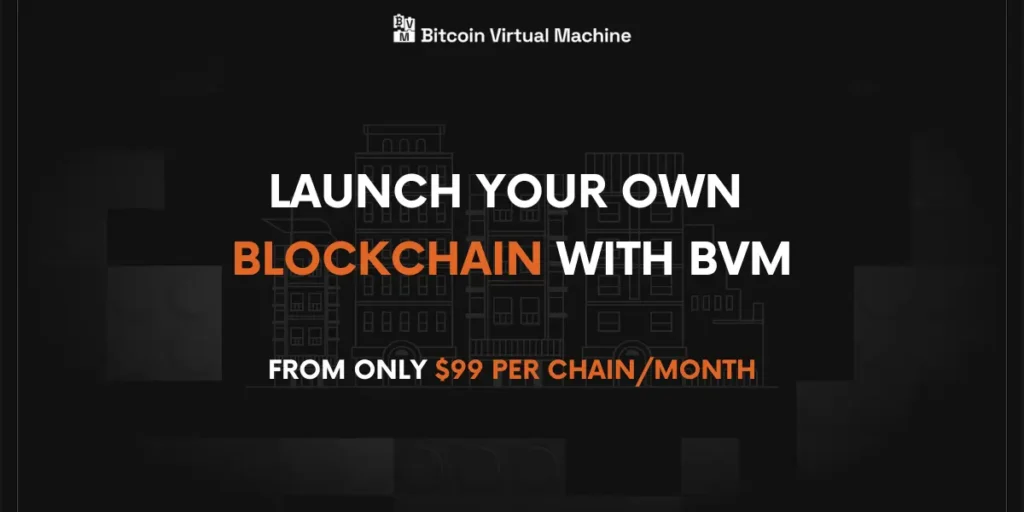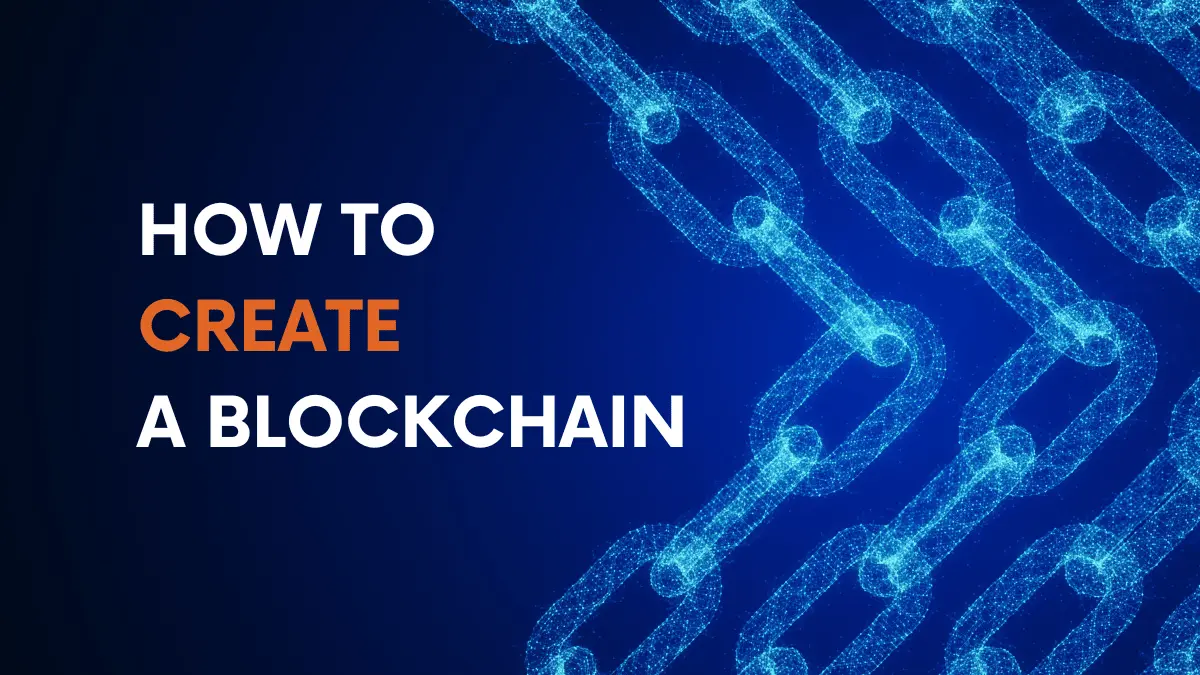What is blockchain? How to create a blockchain? Where should I start?
I get these questions a lot from developers interested in blockchain technology. Maybe you have these questions too. Don’t worry, I used to wonder about them as well!
Today, I’m going to show you how to create a blockchain the usual way and introduce you to a new, simpler method.
What is Blockchain?
Blockchain is a decentralized digital ledger that records transactions across many computers in a way that ensures the data is secure, transparent, and tamper-proof.
Each block contains a list of transactions, and when one block is completed, it is linked to the previous one, forming a chain of blocks.
This structure makes it highly secure and immutable, as altering any block would require changing all subsequent blocks, which is virtually impossible.

The Benefits of Blockchain
Blockchain technology offers several significant benefits:
- Security: Data is encrypted and distributed across multiple nodes, making it highly secure against hacks and fraud.
- Transparency: All transactions are recorded on a public ledger, allowing anyone to verify and audit them.
- Immutability: Once data is recorded, it cannot be altered or deleted, ensuring the integrity of the information.
- Efficiency: Blockchain eliminates the need for intermediaries, reducing transaction times and costs.
- Decentralization: There is no central point of control, reducing the risk of central authority abuse. Blockchain technology addresses issues such as double-spending in digital currencies, providing trust in peer-to-peer transactions, and enabling smart contracts that automatically execute terms of an agreement when conditions are met.
How to Create a Blockchain
Creating a blockchain involves several key steps that require a combination of technical expertise, strategic planning, and an understanding of the underlying principles of blockchain technology. Here’s a high-level overview of the process:
1. Define the Purpose and Requirements
- Purpose: Identify the specific use case for the blockchain (e.g., cryptocurrency, supply chain management, smart contracts).
- Requirements: Determine the desired features, consensus mechanism, scalability needs, and security requirements.
2. Choose the Right Blockchain Platform
- Public vs. Private: Decide whether you need a public (permissionless) or private (permissioned) blockchain.
- Platform Selection: Choose a blockchain platform that aligns with your project goals, such as Ethereum, Hyperledger, or building your own custom blockchain.
3. Design the Blockchain Architecture
- Nodes: Decide on the number of nodes and their roles (validator, miner, full node, etc.).
- Consensus Mechanism: Select an appropriate consensus mechanism (Proof of Work, Proof of Stake, etc.).
- Data Structure: Define how data will be structured and stored in blocks.
4. Set Up the Development Environment
- Programming Languages: Choose the programming languages (e.g., Solidity for Ethereum, Go for Hyperledger).
- Tools: Install necessary development tools and frameworks.
5. Develop the Blockchain Protocol
- Core Development: Write the core code for the blockchain, including the consensus algorithm, networking layer, and data storage.
- APIs and SDKs: Develop APIs and SDKs for interacting with the blockchain.
6. Test the Blockchain
- Testnet Deployment: Deploy the blockchain on a testnet to identify and fix issues.
- Security Audits: Conduct thorough security audits to ensure the integrity and security of the blockchain
7. Deploy the Blockchain
- Mainnet Launch: Deploy the blockchain on the mainnet.
- Node Setup: Configure and set up the initial nodes.
8. Develop and Deploy Smart Contracts (if applicable)
- Smart Contracts: Write and deploy smart contracts that will run on the blockchain.
- DApps: Develop decentralized applications that interact with these smart contracts.
9. Monitor and Maintain
- Continuous Monitoring: Set up monitoring tools to ensure the blockchain runs smoothly.
- Updates and Upgrades: Regularly update the blockchain software and address any vulnerabilities.
Simplifying Blockchain Creation with Service Providers
Forget all the complicated steps above. You can use a service provider like BVM to know how to create a blockchain without diving into the technical complexities.
BVM allows you to deploy a blockchain with just a few clicks for $99/month, no coding required.
This service makes blockchain technology accessible to everyone, enabling you to focus on building your applications and growing your ecosystem.

- Launch your blockchain with BVM in a few clicks
Conclusion
Creating a blockchain is a complex task that requires a deep understanding of various technological aspects.
However, knowing how to create a blockchain with the right tools and knowledge can make it a rewarding endeavor, opening up numerous possibilities for innovation and decentralization.
For more detailed information, visit BVM Network and start your journey towards creating a blockchain today!
